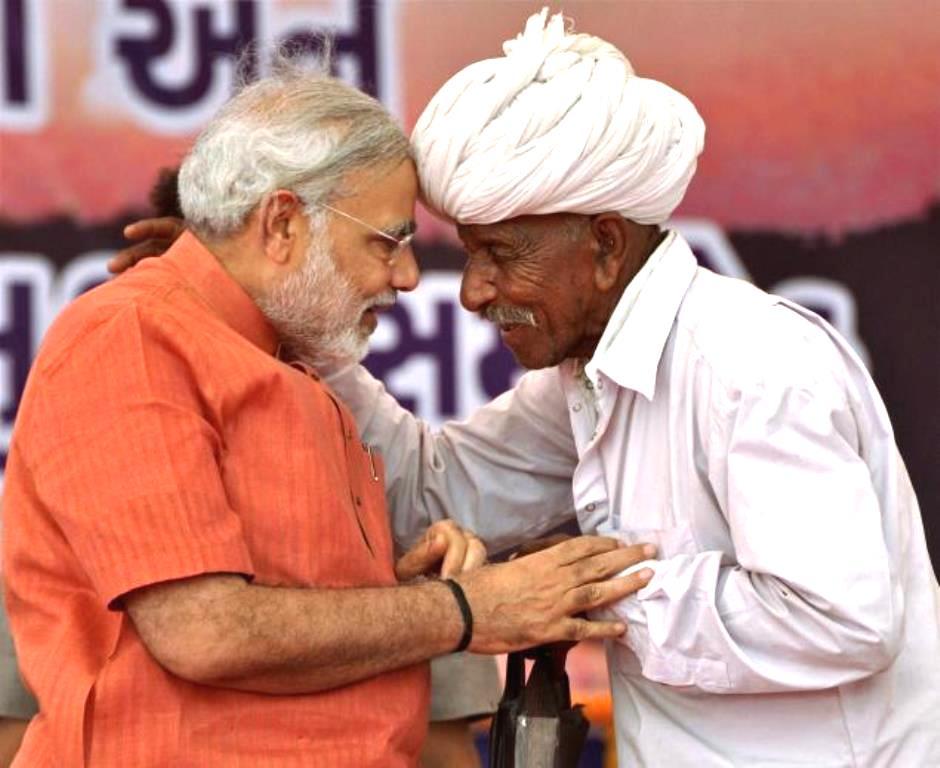The imported wheat has been a problem for the Indian farmers for long. The cheap wheat imported from other countries keeps the price low in the market and this hurts the farmers. Modi government has raised import duty on wheat to 40 percent from the existing 30 percent to help the farmers. India is the second largest wheat producing country behind China, which produces 134 metric tonnes of wheat compared to 99 million tonnes of India.
In the last few years, the wheat price has fallen due to record production. In 2019, the prices have fallen by over 11 percent compared to last year. The cheap global exports add to the misery as the commodity prices across the world have fallen sharply. Countries like Australia produce record stockpile of wheat and dump the produce in India market which hurt the farmers. “Local wheat production is higher. The government is now trying to ensure prices remain above support levels,” said Harish Galipelli, head of commodities and currencies at Inditrade Derivatives & Commodities in Mumbai.
Indian flour mills imported 1.65 million tonnes of wheat in the fiscal year 2017-18 which is almost one-third of 5.7 million tonnes imported a year before. The reduction was due to a hike in import duty and low domestic prices. The global shipments mainly came from Australia, Russia and Ukraine. “At 40 percent import duty, imports are not viable for flour mills. They have to buy local crop,” said a Mumbai based grain dealer.
Apart from the wheat import duty hike, the Modi government had earlier decided to raise Minimum Support Price (MSP) for seven Rabi crops of this season. The decision was taken as per the central government’s promise to fix MSP at 50 percent over input cost. MSP for wheat, the primary crop of winter, has been increased by 6 percent to Rs. 1840 per quintal, while for chana (chickpeas), it was increased by 5 percent to 4,620 per quintal. The hike in MSP will insure 112% returns to wheat growers, and 75% returns to chana farmers. “The higher MSPs (for seven winter crops) will ensure an additional income of 62,635 for farmers,” said union minister Ravi Shankar Prasad at a briefing. He also added, “the decision embodies the commitment of the Narendra Modi government to double farm incomes.”
In June 2016, Pradhan Mantri Fasal Bima Yojana (PMFBY) was rolled out to insure crops. The insurance scheme made farming as secure as any other profession. If crop suffers due to any reason like drought, excessive rain etc., insurers will pay the output price. To provide irrigation facilities to farmers across the country, PM Modi launched Pradhan Mantri Krishi Sinchai Yojana (PMKSY) and pumped money into the National Bank for Agriculture and Rural Development (NABARD) to increase credit penetration to farmers. The steps taken by the Modi government coupled with good monsoon proved beneficial for agriculture and the sector grew at 6.3 percent in 2016-17. However, growth moderated to 3 percent in 2017-18 due to the high base effect. In the first quarter of this financial year, agricultural growth was 5.3 percent compared to 3 percent in the same period of last year. The Modi government announced that MSP for Kharif crops will be 50 percent higher than A2 + FL (actual cost plus imputed value of family labor respectively) price.
The effect of revival in agriculture is already visible in the rural economy. Sales of two-wheelers and passenger cars have been higher in rural parts of the country compared to urban India. The RBI annual report released on 29th August revealed that household savings are highest in the last seven years. Highest storage of savings was in cash, which is the prevalent mode of keeping savings in rural areas, therefore household savings in rural areas is also very high. This shows that agriculture and rural economy is on the path of steady revival and Modi government will certainly achieve the goal of doubling farmers’ income if it continues with reforms.
